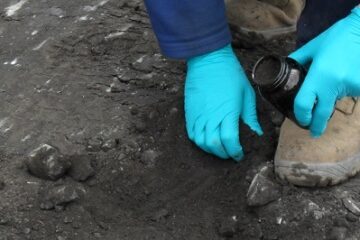The subject of climate change and the release of greenhouse gases has rarely been out of the news in the last few years and is greatly discussed and written about in environmental circles. I have no interest in throwing my hat into that particular ring, the climate change debate is already the province of better minds than mine and nothing I write here will contribute greatly to that discussion. However, the political and economic policies which arise from this issue do affect us all on a day to day basis which is why the increase in the price at which the US government estimates the Social Cost of Carbon (SCC) is interesting.
To summarise, Carbon Dioxide (CO2) is widely regarded as the most important ‘greenhouse gas’ and broadly speaking the higher the concentration of green house gases in the atmosphere the more effectively the earth retains heat. The processes involved are various and their interaction on a global scale is mind bogglingly complex and the subject of considerable debate but the basic premise that CO2 concentration can be linked to climate change is the basis for various emissions targets and the market in carbon emissions. The US government has calculated a Social Cost of Carbon which is the monetary price it puts on the adverse effects across all human activity which will result from each additional tonne of CO2 emitted into the atmosphere. This can also be viewed as the monetary benefit of preventing or mitigating these emissions. Leaving aside the question of how this figure is reached what it means is that the calculation to justify a given course of action has been fundamentally altered.
The updated report by the US government has increased the average cost per metric tonne of carbon from $22.00 to $36.00 which means that the economic benefits of for example a new oil pipeline or coal fired power station will now have to reach a higher threshold to be considered a net benefit to the US economy. The overall impact of this is likely to be an increased push to reduce emissions and associated contamination. The trickle down effect of which will in some ways be felt, even here in sunny Scotland. Potentially and most noticeably in the cost of products from across the pond. But it should also be a push towards cleaner technologies. Particularly for those of us in the environmental industry, where efficiency, sustainability and environmentally conscious decision making are already watchwords we do live in interesting times.







Leave a Reply